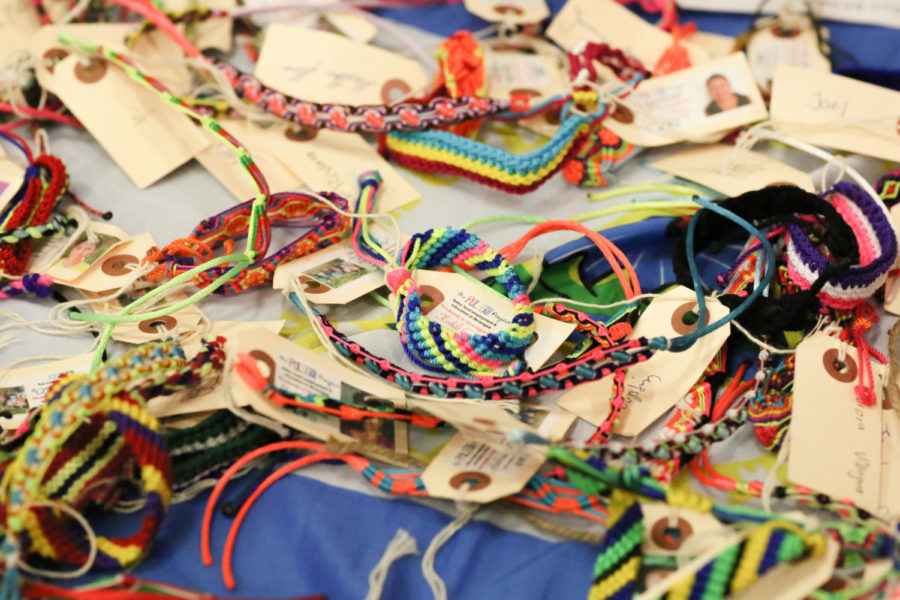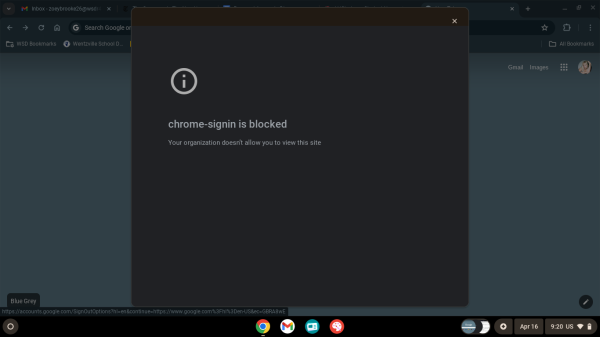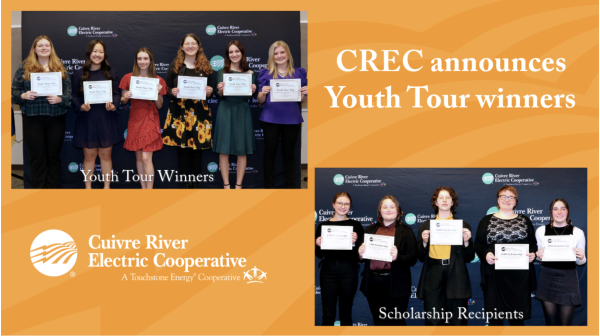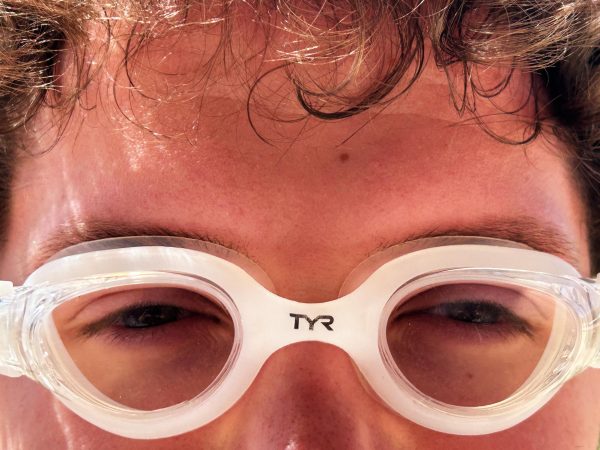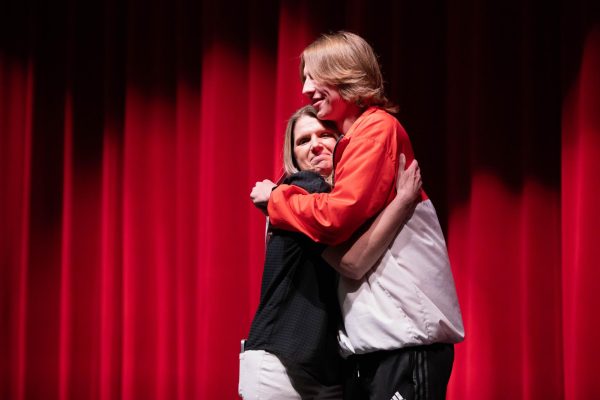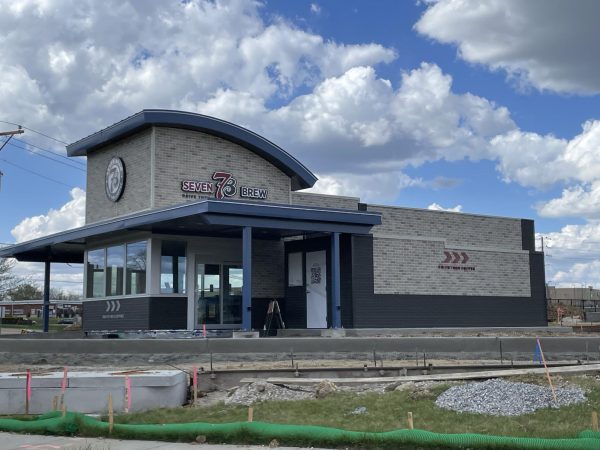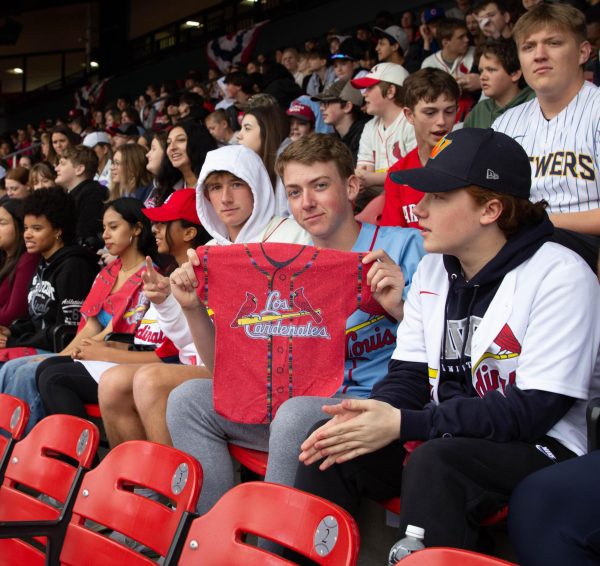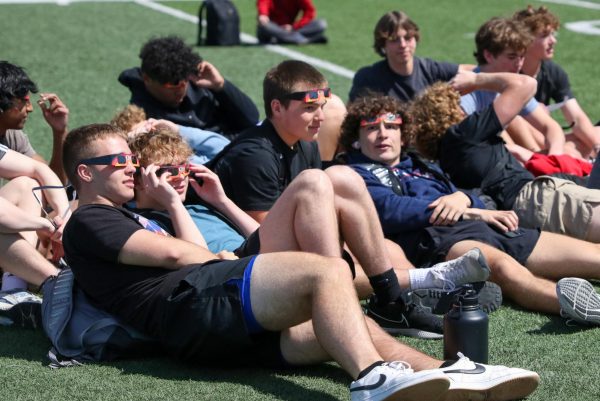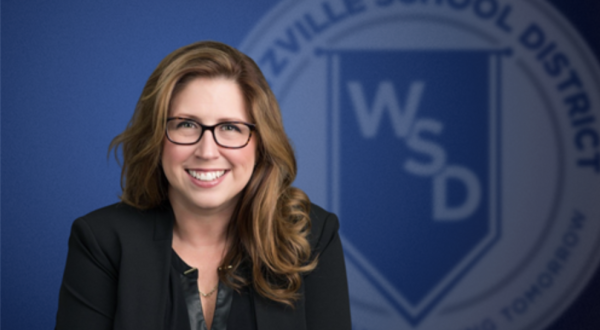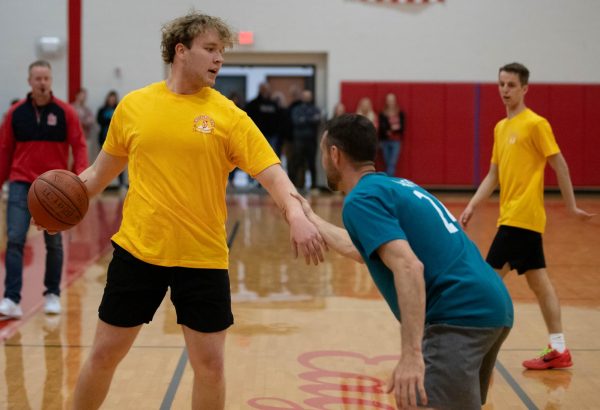Color Our World
Ms. Rivas’ class sells bracelets to support Central American artists
Pulseras are sold at all lunches for $5.
Ms. Rivas’ Spanish II classes sold hand-woven bracelets, or “pulseras,” for $5 and a small collection of woven handbags for $10 at all lunches until April 16. They raised $585 and all proceeds from the sale go to The Pulsera Project, a fair trade non-profit organization that uses pulsera sales to educate and empower people in the U.S. and Central America.
The Pulsera Project’s goal is “to make the world a more colorful and just place by educating and empowering Central American communities and U.S. students.”
“My goal is simply to sell as many bracelets as possible and to show students the difference between caring only about the bottom line and what it feels like to partner together with people to provide a livable salary in exchange for quality work,” Ms. Rivas said.
Her students are doing this to accompany their global challenges unit that includes poverty, inequality, shortage and hunger. So far they have learned about the youth in Paraguay whose instruments are made out of trash and much more. Ms. Rivas saw an opportunity to connect her students in a tangible way to the world outside of St. Charles County.
“We are hoping to support the people back in Nicaragua and help the people who do not have a lot since we have so much,” junior Jessica Gibson said.
Ms. Rivas has put a creative spin on her subject by deciding to give students real life context in and out of the classroom for this unit. This is her first time incorporating this project and she plans on doing it again. She believes it gives her students a different, challenging way to learn a foreign language.
“I hope, in their minds, that the world becomes smaller,” Ms. Rivas said. “I hope that they begin to refer to the world as ‘we’ instead of ‘us’ and ‘them’. I hope they enjoy themselves. I want them to connect Spanish learning with feeling interested, challenged and capable,” Rivas said.
Each bracelet is unique and made by a different artist. All the artists are from Central American countries. The money raised from this event funds programs for the people of Central America such as secondary education, university scholarships, housing programs, youth shelter support, workers’ rights advocacy, funding for environmental initiatives and many more.
For more information you can visit their website:
http://www.pulseraproject.org/

